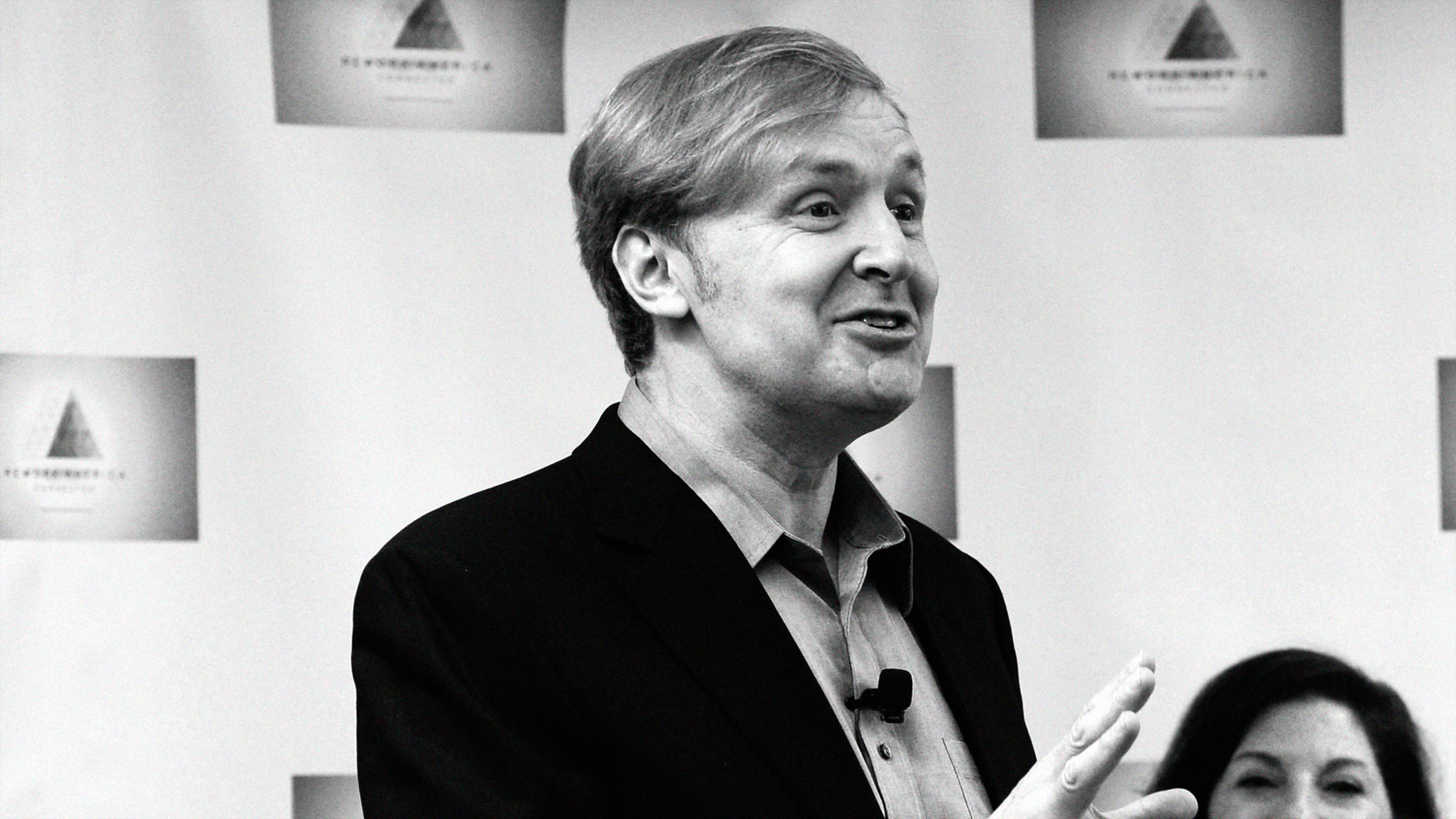We all know that technology is poised to wipe out lots and lots of jobs. Driverless trucks threaten the livelihoods of hundreds of thousands of people. Robots can now flip hamburgers. Artificial intelligence is creeping into all sorts of professions–law, accounting, and, dare I say it, journalism.
But technology is also assisting folks in landing jobs, including through online platforms that match their abilities with employer needs–while helping to fill in any knowledge or skills that they might lack.
“We’re able to look . . . and say here are the skills that are required for that set of jobs” that a company has open, Allen Blue, the cofounder of LinkedIn, told me on the latest episode of my podcast, The Bottom Line. “And then we can look in the surrounding area and say, ‘Are there any schools out there that are teaching these skills?’ And similarly, we can say, ‘The people who are available to take those jobs–do they have those skills?'”
In this way, Blue adds, “LinkedIn brings a really unique perspective into measuring supply and demand and skill gaps, trying to understand where, in a given location, education, employment, and people who can take jobs . . . actually all come together.”
LinkedIn’s vision is nothing if not grand. Through the project that Blue is spearheading, known as the Economic Graph, the company eventually hopes to digitally map all of the world’s 3.5 billion workers, the hundreds of millions of businesses large and small that span the globe, and every educational institution that has an offering of interest to employer and employee.
“We have been growing faster and faster over time and . . . that growth has come to incorporate more and more people from throughout the economy,” says Blue, who serves as vice president of product management at LinkedIn, which is now part of Microsoft. “I hope that we’ll be able to provide meaningful value to large groups of them in the next three or four years.”
In the meantime, the company is experimenting with various aspects of the Economic Graph in places near (including Colorado, New York, and Arizona) and far (India and South Africa). “We are very much in a learning phase right now,” Blue notes.
Among the biggest takeaways so far: Don’t try to get too prescriptive about what kinds of jobs people should be aiming for or what training they’re going to need. Instead, let the data do the talking in real time.
“The thing which is inevitably true about the future is that it’s going to change quickly,” Blue says. “So the most important thing for us is not actually to try to create a specific solution to a specific foreseen problem, but rather to create a system which is resilient . . . and reacts.”
You can listen to my entire interview with Blue here, as well as Megan Kamerick reporting on a national network called TechHire that is forging pathways for overlooked Americans to gain skills and access to technical jobs, and Dorian Warren sharing his take on how Donald Trump is betraying the working-class communities that he vowed to fight for.
The Bottom Line is a production of Capital & Main.
Recognize your company's culture of innovation by applying to this year's Best Workplaces for Innovators Awards before the extended deadline, April 12.
